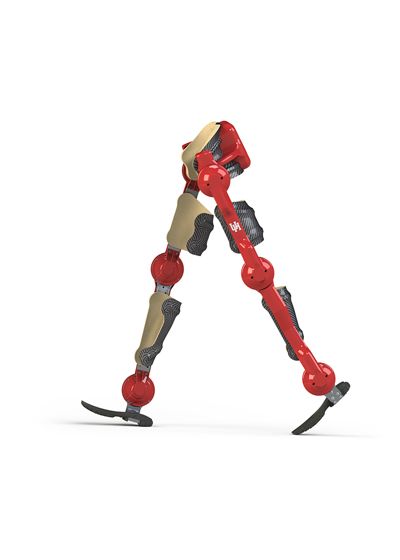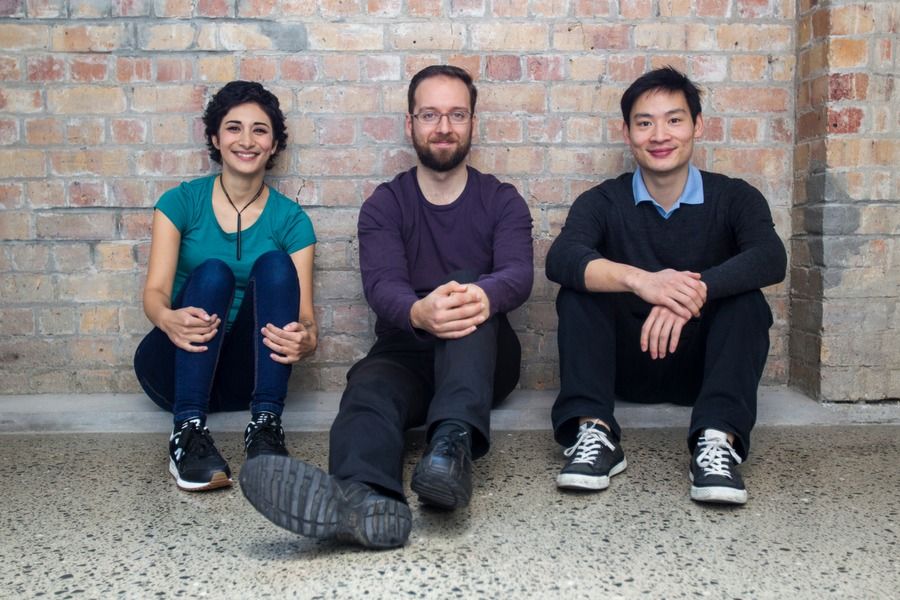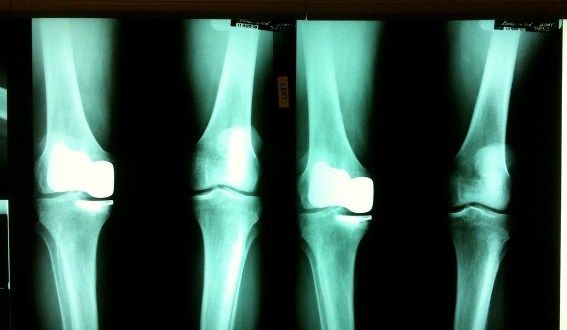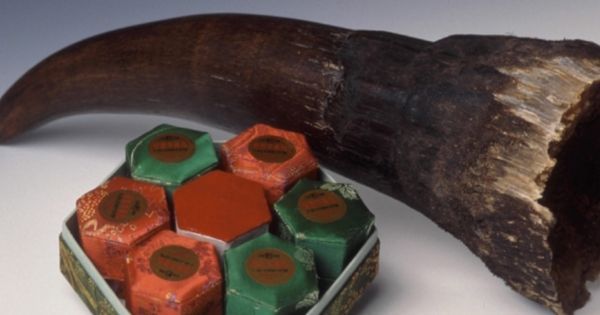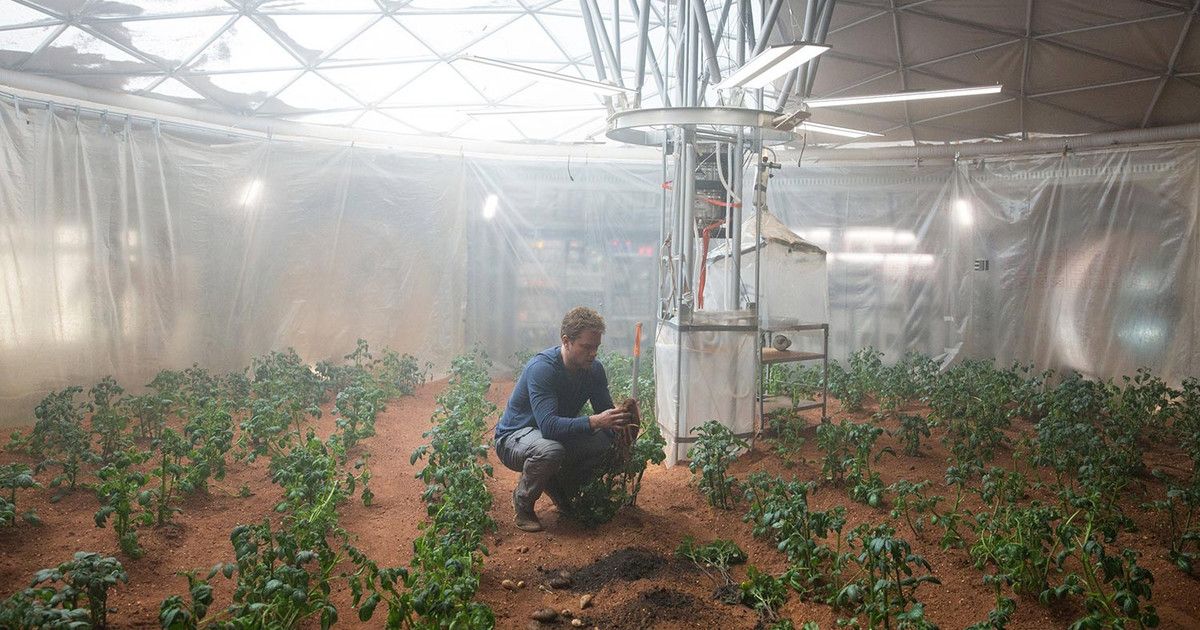Getting your head in the cloud.
University of Houston researchers aim to leverage a new, noninvasive brain-machine interface system that taps into human brainwaves to control and command a wearable exoskeleton—a technology that could enable paraplegic kids to walk.
Kristopher Sturgis
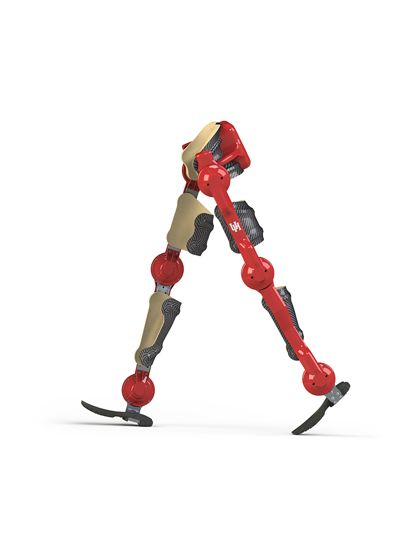
A new study out of the Laboratory for Noninvasive Brain-Machine Interface Systems at the University of Houston (UH) has paved the way for a new exoskeleton technology that will be unveiled at Cybathlon in Zurich — an event where the world’s most innovative prosthetic and assistive technologies are unveiled. Jeffrey Gorges, researcher at the university and lead research technician on the project, says that the powered wearable robot has application possibilities for patients of any age suffering from lower-limb paraplegia, but the focus is moving toward a system for children.
Interacting with people through brainwaves either via technology or a telepathic six sense has been long explored in the genre of science-fiction: in Hollywood blockbuster X-Men the character Professor X is telepathic and has the ability to tap into and read other people’s minds.
While the concept of telepathy or thought-controlled communication was once thought to be a futuristic concept or a concept reserved only for the realm of science-fiction, technology today is advancing fast, with the world soon to expect the commercialisation of holograms as explored in The Time Machine, autonomous cars as seen in iRobot and now brainwave communication like in X-Men.
While science-fiction explores the dark side of these technologies, the real world is exploring a multitude of applications to enhance and improve people’s everyday lives.
Quantum encryption uses the principle of “quantum entanglement” to foster communication that’s totally safe against eavesdropping and decryption by others.
The satellite’s true military nature is being disguised under the civilian name, Quantum Experiments at Space Scale, or QUESS. Publicly, QUESS is being billed as an international research project in the field of quantum physics.
Micius or Mozi is operated by the Chinese Academy of Sciences (CAS) while the University of Vienna and the Austrian Academy of Sciences run the satellite’s European receiving stations. The quantum satellite was launched last Aug. 16 from the Jiuquan Satellite Launch Center in the Gobi Desert.
Frugality, crafting inexpensive knock-offs and making do with little may be the ethos of India’s pharmaceutical industry, its manufacturing sector and the spirit with which our scientists conduct their research but an Indian-origin bio-engineer at Stanford University has just won one of America’s grandest prizes — the MacArthur ‘Genius’ grant — worth Rs.4 crore for designing a $1 microscope.
Towards do-it-yourself science
Manu Prakash from Rampur, Uttar Pradesh and an engineer from the Indian Institute of Technology, Kanpur, has made a name for fashioning ingenious devices that make the essence of science — observation and experiments — accessible to those who can’t afford expensive instruments.
New Delhi [India]: Knee replacement technology has undergone sea change with years passing by.
With time and progress in technology the surgeons and researchers are constantly working towards achieving perfection in each surgery. One such example is ‘Computer Navigated Knee Replacement Surgery.’
Pinless Computer Navigated Total Knee Replacement technology is used by Dr Anil Arora, the head of unit and lead consultant of department of Orthopedics at Max Super Specialty Hospital, for Knee Replacement, in North India.
Microsoft has announced to solve’ cancer within the next decade by ‘reprogramming’ diseased cells like computer virus.
Researchers were able to prevent the death of neurons that causes ALS by introducing a genetic mutation to prevent the SOD1 protein from clumping.
The growing resistance of Gonorrhea, alarmed the researchers.
Awesome; how about Elephant tusks, etc.
In Brief.
California biotech company Pembient has announced its production of synthetic rhino horns, in the hopes of providing an ethical alternative to purchasing from poachers. Conservationist groups express worries over any unintended impact.
Although everyone was thrilled at the birth of a white rhinoceros calf, the fact still remains that the rhino is one of the world’s most endangered animals in the world (3 out of 5 species are critically endangered). This is largely due to intense poaching, which targets the rhino for its distinctive horns.
Just like checking your bag on a commercial airline, space travel comes with some pretty big weight restrictions. How big? According to estimates, reaching space costs a whopping $10,000 per pound, which means that every ounce saved has a big impact on the bottom line.
That’s where a group of Danish researchers comes in. The team is working on a synthetic biology project called CosmoCrops, which hopes to use bacteria to make it possible to 3D print everything needed for a respectable space mission, using a cutting-edge co-culturing system. And it could even make life better for those of us back on Earth in the process.
“We are trying to make space exploration cheaper, because many inventions we use in our daily life were invented because of space exploration, like Velcro and solar energy,” Joachim Larsen, one of the students working on the project, told Digital Trends. “The way we want to achieve this is to [be] able to produce everything from food to medicine and bioplastic for 3D printers out in space — making the space rocket a lot lighter.”

